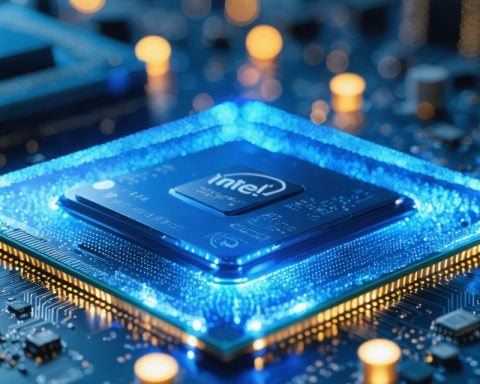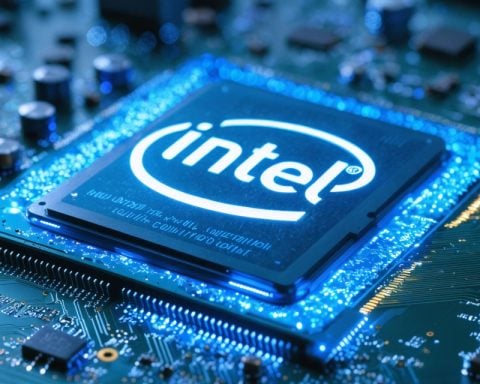The Game Boy, a groundbreaking creation by Nintendo, transformed the landscape of portable gaming. With its unique design and expansive game catalog, it has significantly shaped the gaming industry, leaving an indelible mark on today’s consoles.
Featuring a sturdy build, the Game Boy was equipped with a dot-matrix screen, directional control, and various buttons. Initially available in a classic gray palette, its size and monochrome display drew mixed reviews compared to rivals like the Sega Game Gear. However, its durability and ease of use captivated users, securing its popularity.
Throughout its evolution, the Game Boy saw several updates that enhanced its performance. Models like the Game Boy Pocket provided a more compact solution, while the Game Boy Light introduced a backlit display, making gameplay more accessible in different environments.
The device’s extensive game library became one of its defining aspects. Housing over 1,000 games, it gained traction for its compatibility with prior Game Boy titles, thanks to advancements like the Memory Bank Controller that expanded storage capabilities.
Its impact extended beyond its generation. The Game Boy inspired future handheld consoles, setting a new standard for portable gaming. Modern reinterpretations, such as the Analogue Pocket, allow fans to revisit classic titles with updated technology and features.
In addition to its technical significance, the Game Boy remains a cultural touchstone. It initiated a revolution in how games are played on the go, influencing not only subsequent Nintendo devices but also the entire industry approach to handheld gaming.
Additional Facts about the Game Boy Legacy
The Game Boy was not just a successful gaming console; it was a cultural phenomenon that fueled the rise of portable gaming. It was launched in 1989 and quickly became a best-seller, eventually selling over 118 million units worldwide. This massive success established Nintendo as a leader in the portable gaming market and reshaped the company’s focus toward handheld devices.
Key Questions and Answers
What role did the Game Boy play in the evolution of mobile gaming?
The Game Boy played a crucial role in the democratization of gaming, making it accessible to a wider audience beyond traditional console gamers. Its portability allowed people to enjoy gaming during commutes, travel, or in social settings, laying the groundwork for future mobile gaming experiences.
What were the major challenges faced by the Game Boy during its lifespan?
One significant challenge was competition from other handheld consoles like the Sega Game Gear and, later, the Sony PlayStation Portable (PSP). The Game Boy needed to continually innovate and release updated models to maintain its market position. Additionally, as technology advanced, demands for better graphics and gameplay experiences increased, putting pressure on Nintendo to evolve the device.
What controversies surrounded the Game Boy?
One controversy involved the relatively simple graphics and gameplay compared to its competitors, which some critics argued made the Game Boy seem outdated. There were also debates on the environmental impact of producing such devices and the longevity of game cartridges amidst shifting trends towards digital downloads.
Advantages and Disadvantages of the Game Boy
Advantages:
– Durability: The Game Boy was known for its sturdy design, making it ideal for on-the-go gaming.
– Extensive Game Library: With thousands of titles, players had a vast selection of games across various genres.
– Portability: It was lightweight and easy to carry, allowing players to take it anywhere.
– Influence on Design: The Game Boy influenced the design of subsequent handheld consoles, including their controls and layout.
Disadvantages:
– Monochrome Screen: Initially, the Game Boy’s display was limited to monochrome graphics, which many players found less appealing compared to colorful games on competitors.
– Battery Life: While adequate for its time, the Game Boy’s reliance on AA batteries was often viewed as a downside compared to later rechargeable devices.
– Limited Online Features: Unlike modern gaming devices, the Game Boy didn’t offer online connectivity, which restricted social gaming and updates.
Suggested Related Links
Nintendo
Video Games Chronicle
IGN


















